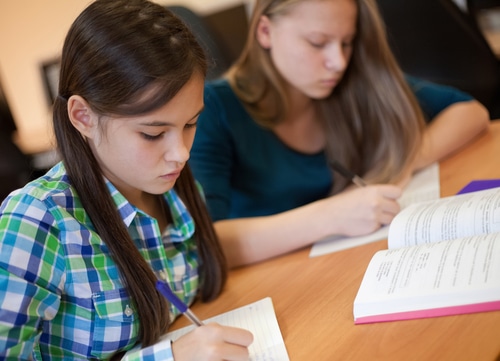Writing to Learn
December 2, 2017 February 13, 2021
How can students write to learn?
As students learn new knowledge and skills, and then complete tasks to show mastery, they do two types of writing: writing to learn (during the lesson) and writing to inform (after the lesson, in the assignment).
Robert Marzano wrote an interesting article in the February issue of Educational Leadership (2012) entitled Writing to Learn. This article is about a 5 phase process where students are writing to learn in order to support comprehension and content retention. Marzano (2012) observed many teachers using writing-to-learn activities and in so doing identified five phases which support retention and deepen understanding of content being learned. The five phases are: record, compare, revise, combine, and review.
In the first phase, record, students record their understanding of what they have learned. This phase is geared towards summarization, with the emphasis on students recording what they learned and not as much emphasis on correct spelling, punctuation, grammar, etc. Students can also include graphic representations at this stage.
In the second phase, compare, students share what they have recorded with a partner. In so doing, students are able to talk about what they missed and seek clarification about the content. At this stage, the teacher walks around the classroom giving support as needed. If the teacher notices that a number of students are confused about specific information, this is addressed whole class.

In the third phase, revise, students revise what they wrote in the first stage. Students are able to do this because they have had the opportunity to confer with a partner as well as speak with the teacher, and in some cases, misconceptions were clarified in whole group. These first three stages (record, compare, and revise) can occur several times during a lesson. For example, if students are learning about habitats and how living things in that habitat support life, at the beginning of the lesson, students may watch a short video clip, and after this, students record their thoughts, compare and revise what they wrote. Later, students take notes during lecture, and again, go through the first three stages. Later, students may use the Internet for additional information and again go through the first three stages. Each time the students go through the first three stages, they are refining and fine tuning their understanding of the topic.
In the fourth phase, combine, students combine what they have learned from going through the first three phases and create a generalization. For example, a generalization that students could make about their understanding of habitats is that habitats are self-sustaining as long as the living things within that habitat remain balanced. The student would support this generalization with facts accrued throughout the lesson. At this point, students could present their findings to the class.
In the last phase, review, students review what they have done, and this occurs before an assessment. They may do this with a partner, in a group, or independently. Questions that arise at this stage can be dealt with either whole class or with individuals or groups.
This five-phase strategy is helpful to students because they have the opportunity to
- revisit content they are learning throughout the lesson
- discuss with others what they have learned and hear what others have learned
- refine their understanding of the content being learned.
And remember – writing development begins early!
References:
Marzano, R. J. (2012). Writing to learn. Educational Leadership, 69(5), 82-83.
